3
Travel Smart: How to Lower Your Risk of Becoming a Criminal or Terrorist Target at Home and Abroad
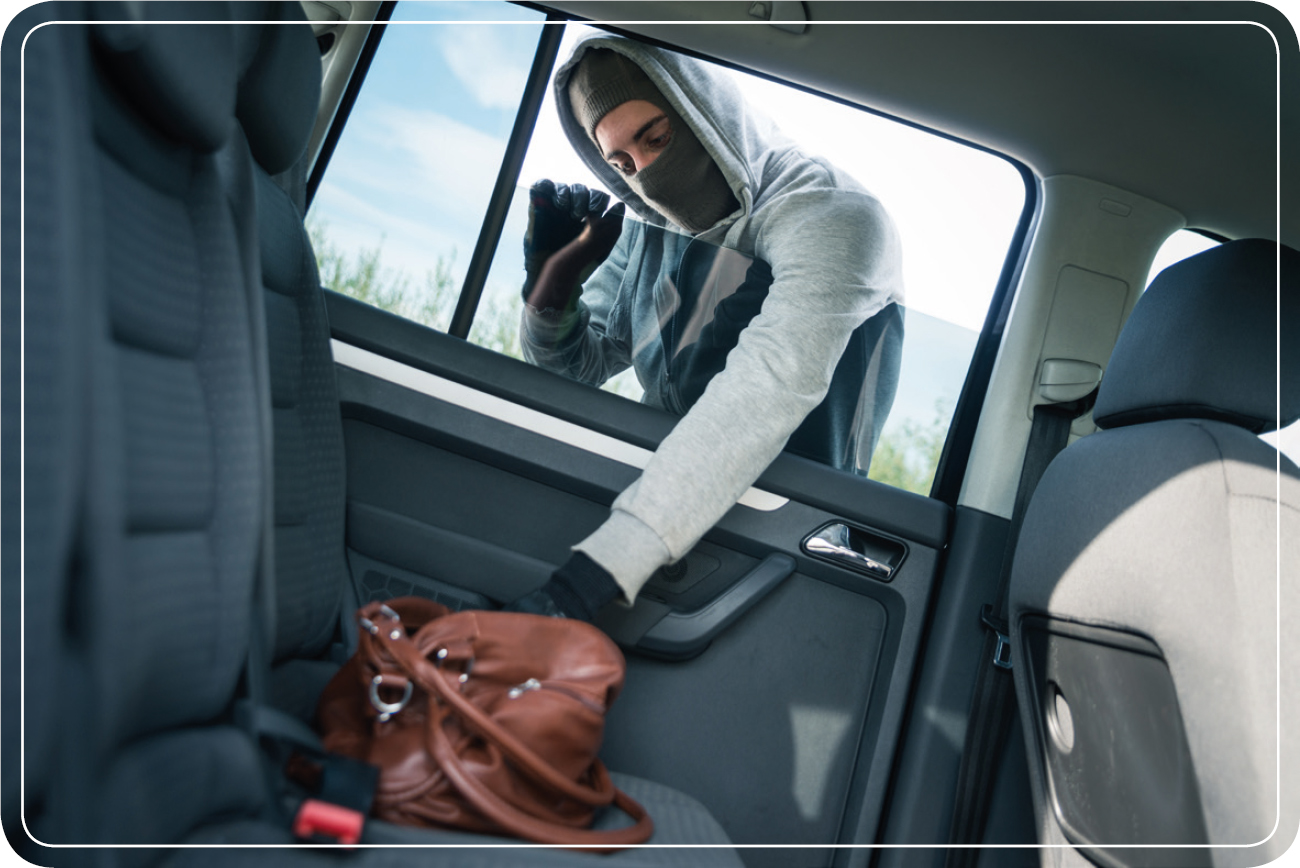
Photo Credit: GettyImages

Always be aware of your surroundings, especially in unfamiliar areas. Don’t get into a situation where you are vulnerable. Photo Credit: GettyImages
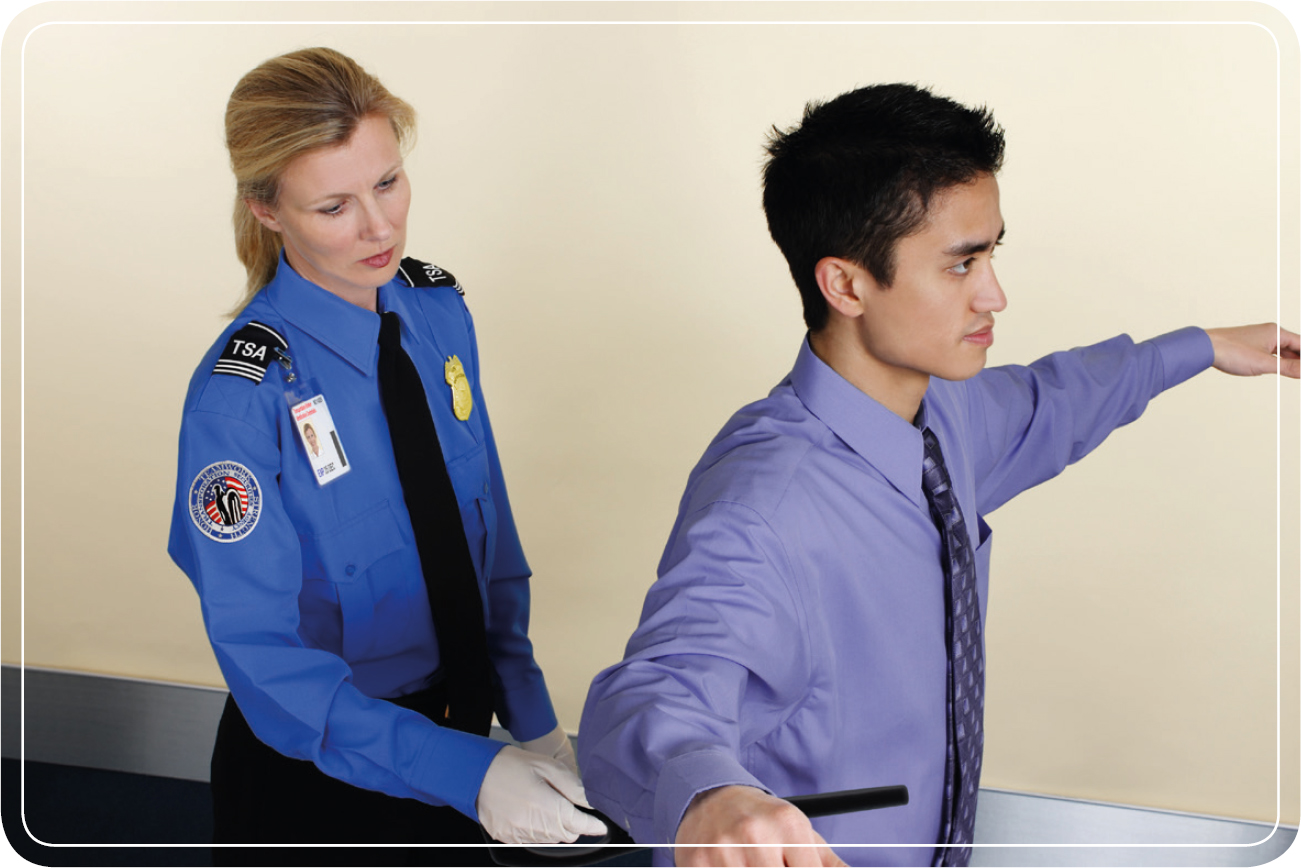
Don’t be too hard on the TSA; they are a “necessary evil” if you want to lower the risk of being the victim of a terrorist attack. Photo Credit: GettyImages

Criminals are known to target money exchanges at airports when looking for a “mark,” which is a person that has something they both want and believe they can easily get. You are better off going to your personal bank before traveling and get the foreign cash from them. If it is an odd currency, then give your bank a day or so to get it for you. This way you not only won’t target yourself, but you will most likely get a better exchange rate as well. Photo Credit: GettyImages
DO YOUR RESEARCH: IT WILL PAY DIVIDENDS TO YOUR SECURITY WHEN YOU TRAVEL ABROAD
In order to mitigate risk, you must first try to anticipate threats and hazards in the areas to which you plan to travel. Prior to traveling to a new and unfamiliar destination or to an area where the threat situation is fluid and has a history of changing quickly and without warning, it is important that you monitor the status and atmospherics on the ground before you enter into the travel phase of your plan. By taking these steps, you are sure to enhance personal security and the safety of others with whom you are traveling. It is possible to research criminal and terrorist activity by reading local newspapers on the Internet, or monitoring police reports in the prospective area of travel. A great resource for overseas travel is the United States Department of State’s Travel Advisory website (https://travel.state.gov). Additionally, it is important to understand the techniques, tactics, and procedures of terrorist and criminal elements in areas where you plan to travel so you can have the highest level of situational awareness and best diminish your risk of becoming a target. Once you are able to identify the threat, it is less problematic to take the appropriate security measures to lower your overall risk of becoming a target. Plan to avoid high-risk areas while traveling or conduct appropriate safety procedures in the event that these areas are unavoidable.
KEEP YOUR HEAD ON A SWIVEL
It is imperative to remain vigilant at all times. The first step in remaining vigilant is to examine and understand your own pattern of living and daily environments. Once a “normal” pattern is established and identified, it will be much easier to recognize when something is out of place. Suspicious activities, such as an unknown person following or watching your daily movements, will tend to stand out when you are familiar with local routine patterns of life. You can obtain this knowledge by simply spending time observing the local area from a vantage point like the balcony of a hotel room or a park bench. A key indicator that a terrorist attack is imminent is when the local flow of life significantly decreases in an area where people are normally abundant. Remember to remain vigilant, keep your head on a swivel, and always report suspicious activity to local authorities if possible.
TURN YOURSELF INTO A HARD TARGET
You cannot always predict when a terrorist attack is going to occur or when you might become the target of a crime. Because of this, you should take steps to become a “hard” target—a target that terrorists and criminals would be likely to avoid due to the physical difficulty or material costs involved in engaging this particular target.
This may be accomplished by taking some simple steps, such as trying to be the “gray man” and trying to blend into your environment. For example, dress like the locals if that is feasible and practical. Do not wear clothing or jewelry that will make you visibly stand out in a crowd. Be as low key as possible. In other words, do not act like the stereotypical loud and vulgar “ugly American.”
Furthermore, you should avoid known areas of high crime whenever possible and travel with a partner or in a small group. Another risk-mitigating step that you may take is to avoid setting patterns in your own behavior. Try to be unpredictable. Take different routes to and from daily locations. Stay in the open and try to avoid dark alleys and areas that do not seem to be safe. Most of all, listen to your “sixth sense,” the inner voice that we all have—your gut feelings. If something seems wrong, it probably is, so avoid it or proceed with great caution.
On top of having a solid grasp of the crime and terrorism threats that you may be faced with, it is also important to learn about the local government’s attitude and response toward crime and terrorism before traveling. When you travel overseas, you must often rely on the government of the country you are visiting to protect you. Knowing this information will increase your situational awareness.
If you plan to travel abroad, be it for business, pleasure, or both, there are safety and security precautions and practices that you can implement both prior to traveling outside of the United States and while you are traveling to ensure that you have a smooth and enjoyable journey while avoiding the dangers, hassles, and inconveniences of a poorly planned trip.
TIPS ON THINGS TO BE DONE LONG BEFORE YOU DEPART
• You should update all of your records prior to traveling overseas and make sure that everything is in order in the event of an emergency.
• Get a good guide book and familiarize yourself with local food, customs, laws, and people.
• Contact the State Department’s website and look for travel advisories.
• Get a good pocket phrase book and memorize several key phrases if you do not already speak the language. Keep the book with you when you travel. Smart Phone Apps are great but always keep a paper book as well; batteries run low and electronics malfunction but books don’t.
• Get the contact information for the local embassy or consulate in the country you are visiting. You can find that information on the State Department website as well.
• If you are using a travel agent, find out from them which airlines, car rental company, and hotel to use; they often have inside information on these things.
• Don’t forget to update your passport, get your visa, and have your shot records updated long before your day of departure.
• Visas can take weeks to months or longer to obtain depending on what country it is you wish to travel to and your reason for going.
Note: Make sure that you check your passport to ensure that there is no information in it that could get you into trouble in the country you are traveling to. For instance, if visiting an Islamic country, it is not advisable to have an Israeli stamp in your passport booklet.
TIPS ON PACKING AND LUGGAGE
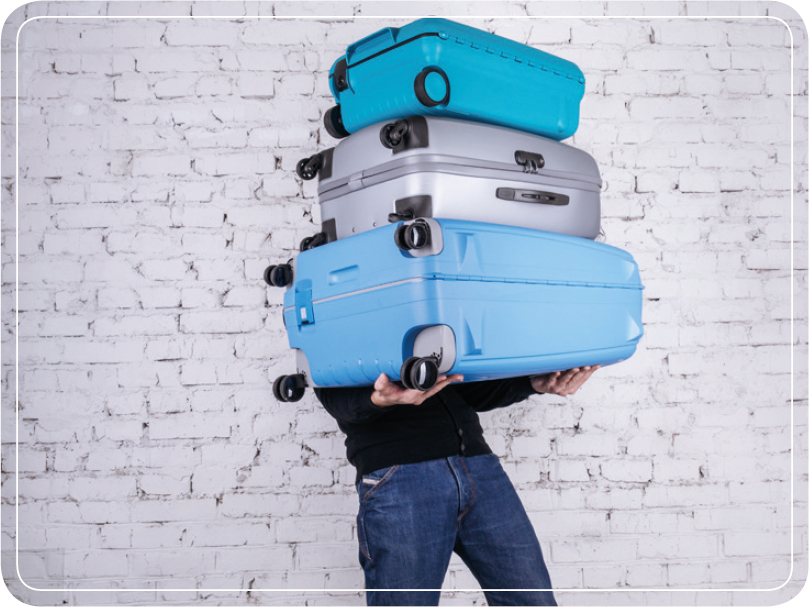
Don’t be the person who is too cheap to rent a cart or to check in their luggage, so they fumble their way trough the airport carrying a ton of luggage and lose all sense of what is going on around them. These are the signs that bad guys use to mark you as an easy target to exploit. Instead, try to pack as light as you can and check in any luggage you can, keeping only your most important gear and documents with you in the cabin including a change of clothing and some toiletries for that “just in case” moment when the airline loses your luggage. Photo Credit: GettyImages
• Pack as light as possible. People who carry an abundant amount of unnecessary luggage tend to target themselves to criminals as inexperienced travelers and therefore naïve to criminal tricks, ruses, and ploys. It also makes you a slow moving target.
• Choose luggage that is durable, easily recognizable, and subdued in color so as not to make you stand out in a crowd when carrying it. If you want to make it stand out so it is not confused with someone else’s luggage, tie a bandana to it or purchase a fluorescent handle wrap.
• Avoid military-style luggage such as aviator kit bags and dufflebags; they will only target you as being affiliated with the military. Take only what is necessary.
• Choose items that can play dual roles; the more things one item does well, the fewer overall items you need to carry.
• Pack at least a thirty-day supply of extra prescription medication in your check-in luggage and make sure you have the proof of prescription information with you.
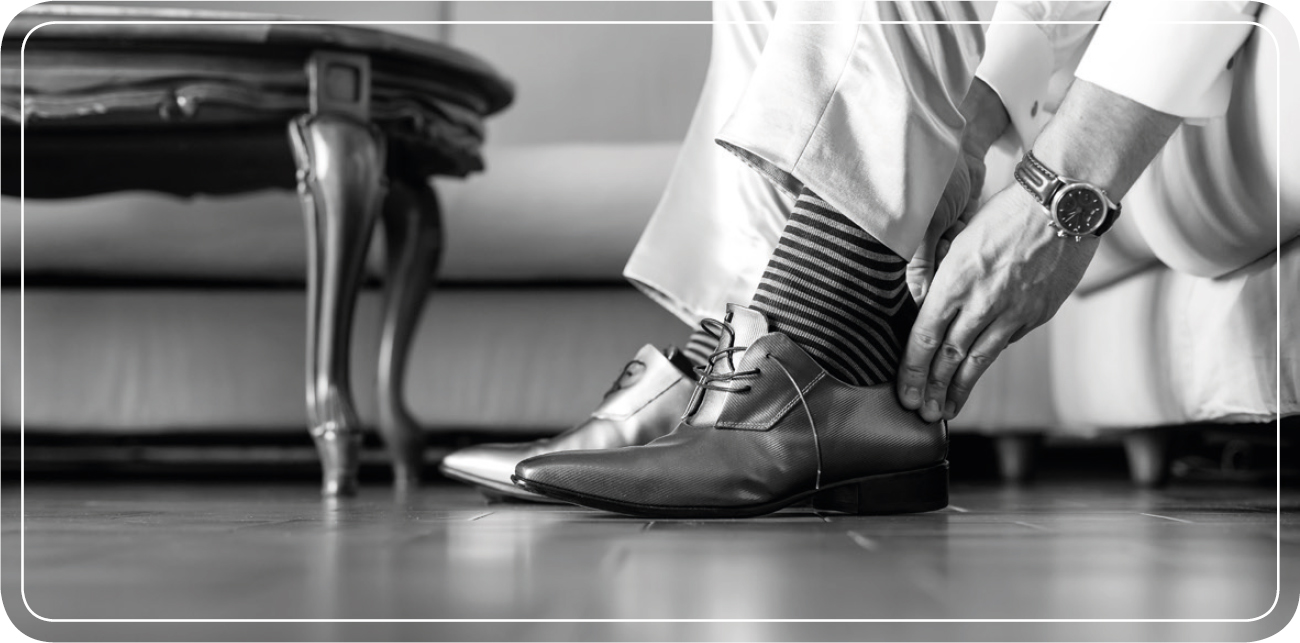
if you have an uncommon size shoe, don’t expect to always be able to pick up another pair at your final destination. it is always better to take what you need with you just in case. Photo Credit: GettyImages
• Choose clothes that are light and versatile. Know the weather in the country you are visiting and pack accordingly. If it is a business trip, don’t assume that you will not have to visit some remote locations where some more rugged clothing may be a better choice than a suit and tie.
• Always put an extra pair of comfortable clothing and a toiletry kit as well as at least a week’s supply of any needed medication, and all of your important documents into a carry-on bag that you keep with you at all times.
Note: If you have special clothing needs, if you are an unusual cut such as XXXL or very tall, or if you have a particularly small, large, or wide foot, it would be a mistake to assume that any clothing you forgot to bring can be acquired during your travels. I can tell you that I have wasted an incredible amount of time trying on shoes to fit my 13EEE foot to no avail! If you require an uncommon wardrobe item, be sure that you bring it with you from the states and make certain that you don’t lose it or you may find yourself having to pay an unmentionable amount of money to have the item shipped to your location.
• If you are bringing a carry-on, make sure baggage will fit easily in the carry-on baggage compartment (approximately 22” x 14” x 9” or 56 x 35 x 23 cm).
• If you are carrying a laptop, make sure it is easily accessible for security check points.
Note: Check your computer to ensure that it is free and clear of anything that may be considered illegal or contraband in the country you are traveling to (such as pornography or even political and religious documents).
• On your check-in and carry-on luggage, ensure that you conceal your nametag so that it does not advertise your name, address, and/or company affiliation. Put another identification tag or index card inside of your check-in luggage in the event that the ID tag on your luggage is lost.
TIPS ON WHAT NOT TO PUT IN YOUR CARRY-ON LUGGAGE
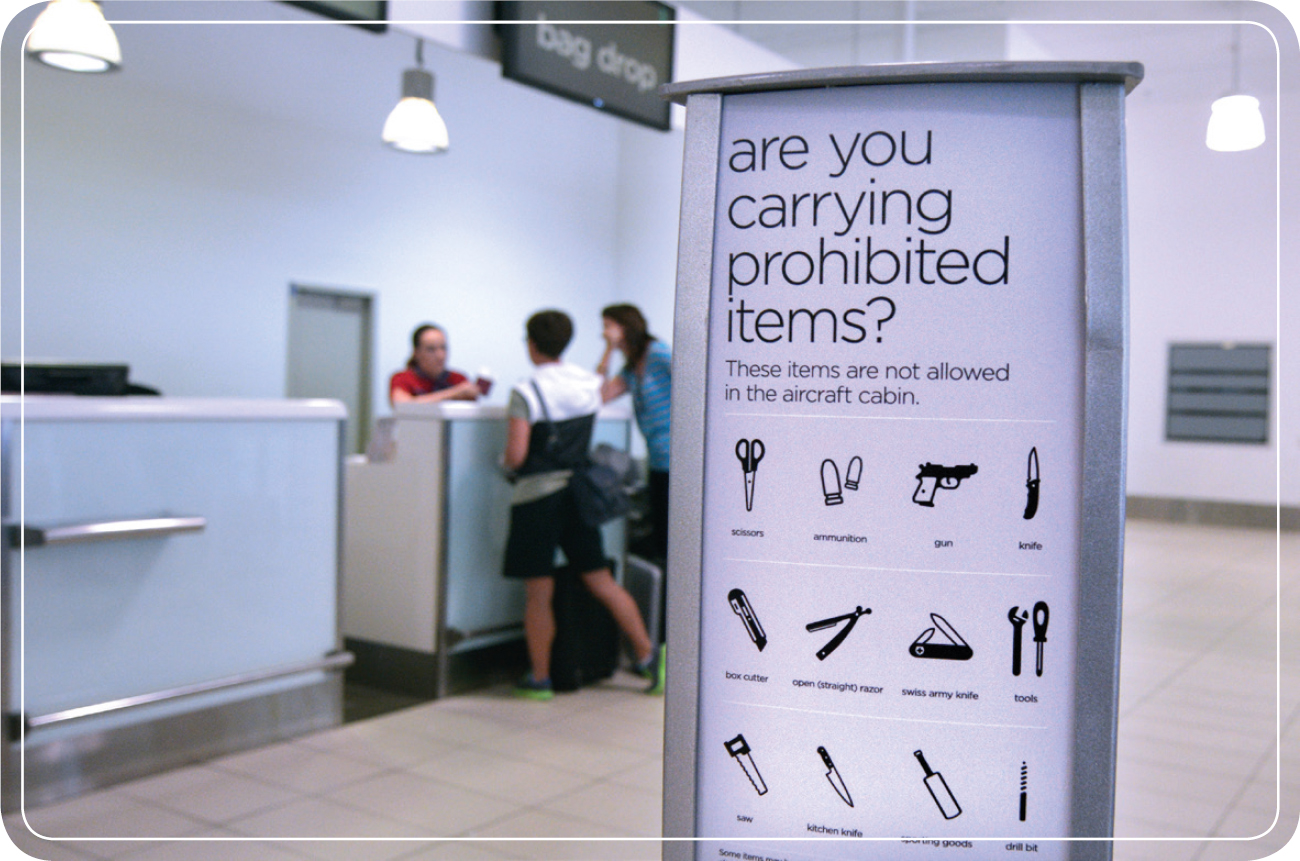
Photo Credit: GettyImages
Know what is considered contraband in the country you are traveling to and do not pack it in your luggage. You can find out what items not to bring to any given country by contacting the State Department website or the embassy, or from researching those countries’ restrictions on the web. According to the Transportation Safety Administration, the following items are restricted in your carry-on luggage:
• Sharp objects
• Sporting goods
• Firearms
• Tools
• Martial arts and self-defense items
• Explosive and flammable materials, disabling chemicals, and other dangerous items
TIPS ON THINGS TO BE DONE DAYS BEFORE YOU DEPART
Before your day of travel, you should definitely let someone know where you are going, and you should give that trusted individual access to your important files such as:
• Itinerary (starting with travel to your destination, write down everywhere you plan to go and a basic timeline … be as detailed as possible)
• Power of attorney (for relatives or spouse)
• Birth certificates
• Marriage certificates
• Proof of insurance
• Medical history and records
• Finances/bills
• Credit card number and expiration date
• Social Security number
• Bank account information (bank name, account number and routing number)
• Passport photocopy (get every page) and a duplicate passport photo in event passport needs to be replaced
• Two recent pictures; one frontal and one profile
• DNA sample (hair with follicle, pin prick of blood, or a sample of saliva)
• Fingerprints (put on blank paper and label each finger)
• Phone numbers/emails/ways to contact you while you are away
• Points of contact in the country your traveling to (if you have them)
• Address and phone number list of all family members and close friends
TIPS ON THINGS TO CONSIDER ON THE DAY OF TRAVEL
• Dress like the natives. Don’t wear clothing that will target you or make you stand out from everyone else on your flight.
• Don’t wear jewelry or have accessories that will target you as being someone of high stature or wealth. Avoid wearing exposed religious medallions, as they will only further target you.
• Shoes that are practical for walking long distances are a must-have item. Shoes should also be easy to take off and put back on during security checks.
• Put a note card in your wallet with emergency contact information, your current medications, your insurance information, your blood type, and any allergies that you may have. Write anything else on the card that you can think of that may be useful in an emergency where you cannot speak for yourself.
• Carry a phone number list with consulate and embassy contact numbers on it.
• Make sure you have your tickets, your passport, another form of ID such as a driver’s license, and your visa for the country you are traveling to.
• Make sure you have a current copy of your shot records and ensure that you are up to date on the shots needed to visit the country you are traveling to.
TIPS ON MONEY AND OTHER FORMS OF CURRENCY
• Go to your local bank and get a few hundred dollars in small bills in the currency of the country you are traveling to and put it in your wallet before traveling. Criminals are known to stake out currency exchanges in airports to see who takes out large withdrawals. You can avoid this by already having money on you.
• You should carry a Visa or MasterCard credit card with at least a few thousands dollar credit limit on it and a modest amount of money in the form of travelers checks.

Photo Credit: GettyImages
• It never hurts to have 100 dollars or so in American (US) cash as well … it still talks loud in many countries.
TIPS FOR CREDIT CARD USE
• Be sure to call your credit card company and let them know where you are traveling to and the dates. If you do not, there is a good possibility that they will shut down your card as soon as it is used overseas, as their fraud department will almost surely be alerted. It can be a hassle to get the card reactivated once they shut it down.
• Be aware of the most widely used credit card scams such as photo images captured, hackers, fake card readers or fake ATM faces, and the plethora of other scams perpetrated every day.
• Only use credit cards that offer theft insurance and call your card company to make sure it is covered in the country you are traveling to.

Photo Credit: GettyImages
• Keep a note someplace secure other than your wallet with your credit card information on it as well as the number to call if your card is lost or stolen.
TIPS FOR PHONE USE OVERSEAS
• Call your phone company and see about getting an international plan and data package for your trip. This way you can use your phone for emergencies overseas without being hammered with the most expensive international rates.
• Consider buying a phone as soon as you get into the country you are traveling to and purchasing individual minute cards.
• Remember, you never know who is listening to your calls, so be careful not to divulge personal or sensitive information over the phone when traveling abroad.

Photo Credit: GettyImages
TRAVEL CULTURAL AWARENESS TIP
• Be aware of the culture of the country you are traveling to so as not to offend anyone. If you are traveling to an Islamic country and you are a female, for instance, consider covering your neck and the back of your head. In many Asian countries it is customary to remove your shoes before going into someone’s home.
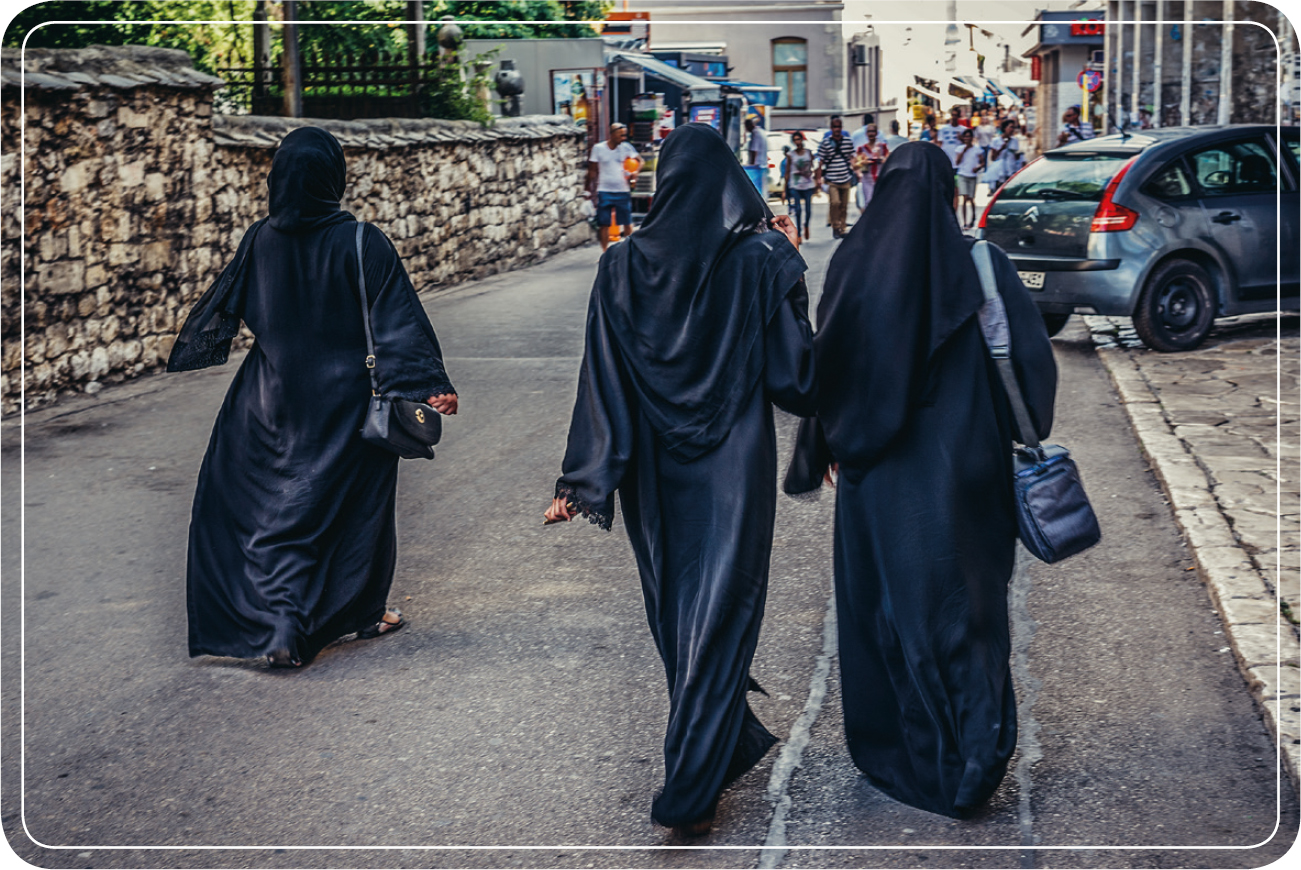
Photo Credit: GettyImages
• Even the US has do’s and don’ts; for example, a woman going topless on a public beach in the United States would be considered indecent while doing so in most European countries is perfectly normal. Every culture has its own customs and courtesies that you would be prudent to take into consideration.
TIPS TO HELP WITH AIRLINE SELECTION AND THE RESERVATION PROCESS

Photo Credit: GettyImages
• If you are not flying on a US airline, then remember your ABCs (Australia, Britain, and Canada) when deciding who to fly with, as they possess the best track records for safety.
• If feasible, try to book non-stop flights or flights with as few connections as possible.
• If possible, when traveling outside of the US, avoid small local airlines or at least try and ask around or research which airlines have the best safety record.
• Selecting a seat toward the front of the aircraft will get you on the plane quicker and you will be the first to get off the plane once you arrive as well.
Note: When hijacking or aircraft malfunction is a consideration, seat selection is tricky; window seats will limit your exposure in the event of a hijacking, but it will also limit your ability to help in the event that you are needed. A window seat in coach located in an emergency exit row is generally considered the safest place to sit from a hijacked aircraft perspective or in an emergency where you had to quickly evacuate the aircraft.
TIPS FOR A SMOOTH ARRIVAL TO THE AIRPORT AND GETTING TO THE TERMINALS
• Try to arrive at the airport at least two hours prior to your scheduled departure time. If you are in a rush, you are bound to forget something and you do not leave room for small issues that may arise.
• In order to avoid exposure time to unsecure areas, you want to get through security and into the main terminal as quickly as possible. To do this, have all of your important documents readily available.
• Never leave your bags unattended or carry anything for anyone you do not know.
• You can often check in online a day in advance of your flight and choose your seat at the same time. Printing your boarding passes ahead of time will prevent you from having to stand in line for self-check in and allow you to move directly to the ticket counter.
TIPS FOR GETTING THROUGH AIRPORT SECURITY
• Be prepared to be searched thoroughly.
• Wearing shoes that easily slip on and off, belts with plastic buckles, minimal jewelry or other metallic items, and having your laptop computer already out of its carrying case prior to getting up to security will make getting through the security point a much easier and more flowing experience.
• Consider signing up for the TSA PreCheck program (http://travelprecheck.org/expedited/screening).
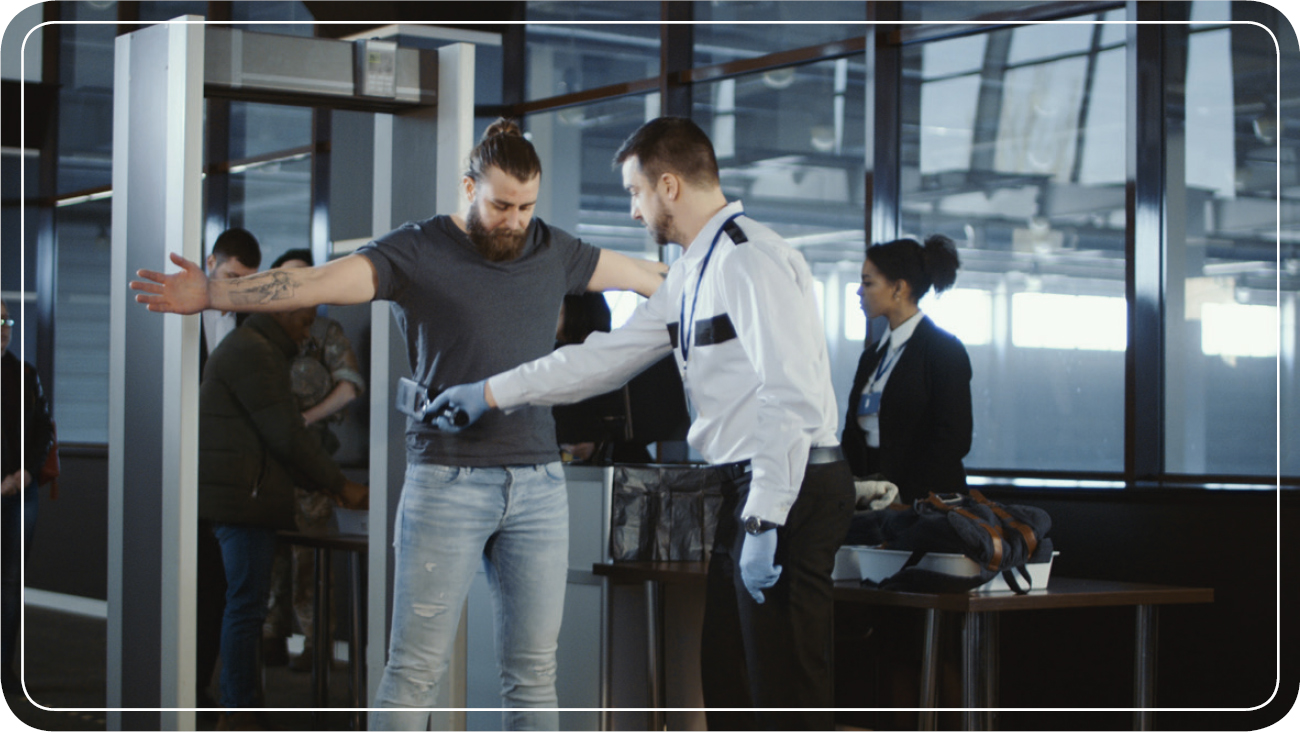
Photo Credit: GettyImages
• About 30 percent of passengers can be expected to be pulled aside for further searching. This is most likely not because you look like a terrorist. There is a security search quota that must be met and then there are always going to be times when either one of the sensitive sensing devises goes off mistakenly, or you had an item in your carry-on luggage that the X-ray tech could not recognize. Just be cooperative and polite and you will be back on your way in no time.
• From the time you pack your luggage to the time you get on the plane (or check in your luggage with the airline), do not let your bags get out of your positive control.
• Know exactly what you have in your luggage and on your person and be prepared to explain those items to security personnel.
• Do not say anything that will cause you to be held up by security, even if you are only joking. Words such as “bomb,” “explosives,” or “gun” can easily cause you to be detained by security personnel. This could cause you to miss your flight, face fines, and even be imprisoned depending on the laws of the country you are in.
• When boarding your flight, be kind and courteous to security and airline personnel; they are there to help you and being a disgruntled passenger can only make things worse for you.
SECURITY TIPS FOR AIR PASSENGERS
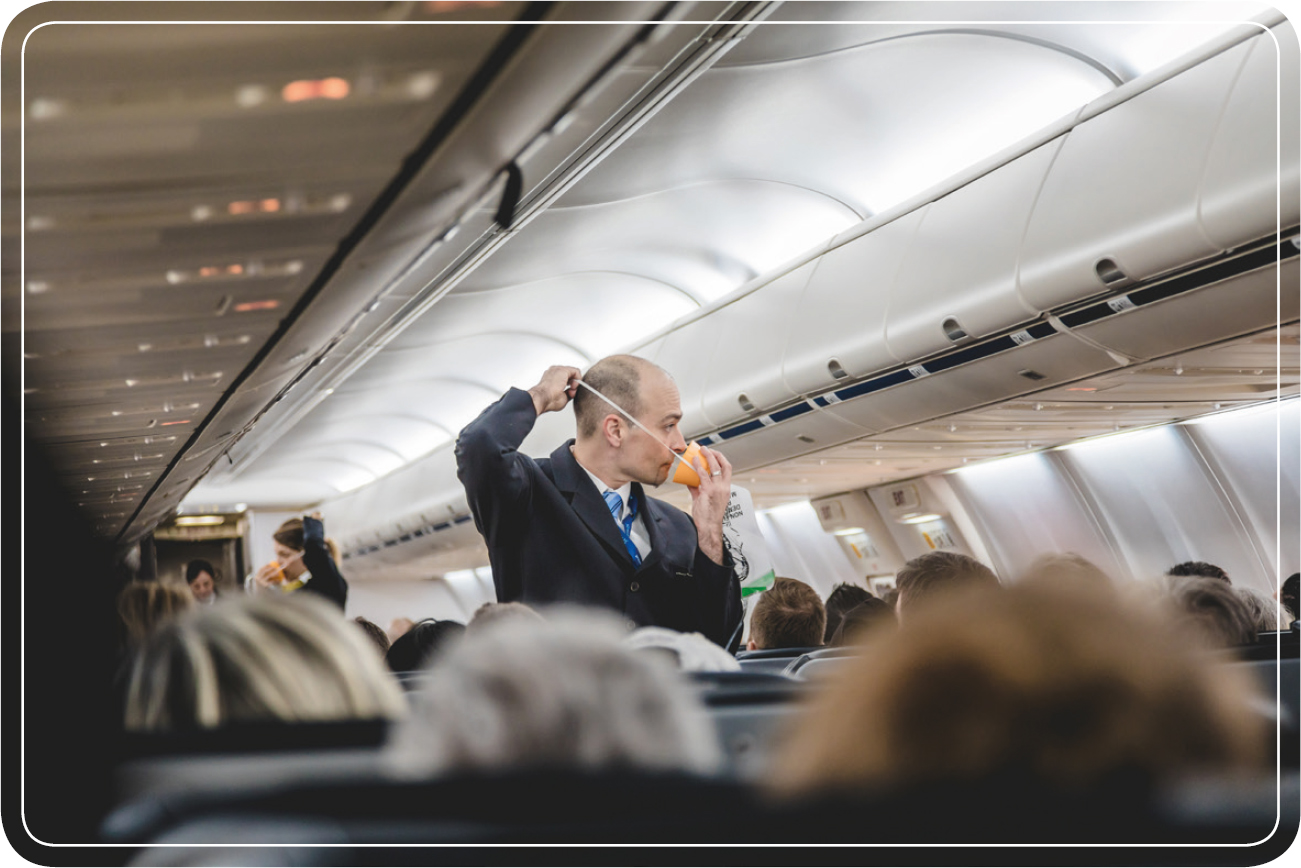
Photo Credit: GettyImages
• Listen carefully to the flight attendant’s safety instructions and understand the procedures for evacuating the aircraft.
• Be aware of your surroundings and be aware of the personal information you give out while having a conversation with the passenger next to you, because you never know who else is listening.
• When traveling from one overseas destination to another, avoid speaking English in a loud voice whenever possible so as not to advertise yourself as an American.
• Be discreet and maintain your situational awareness.
TIPS FOR RENTING A CAR AT THE AIRPORT OR IN YOUR DESTINATION LOCATION
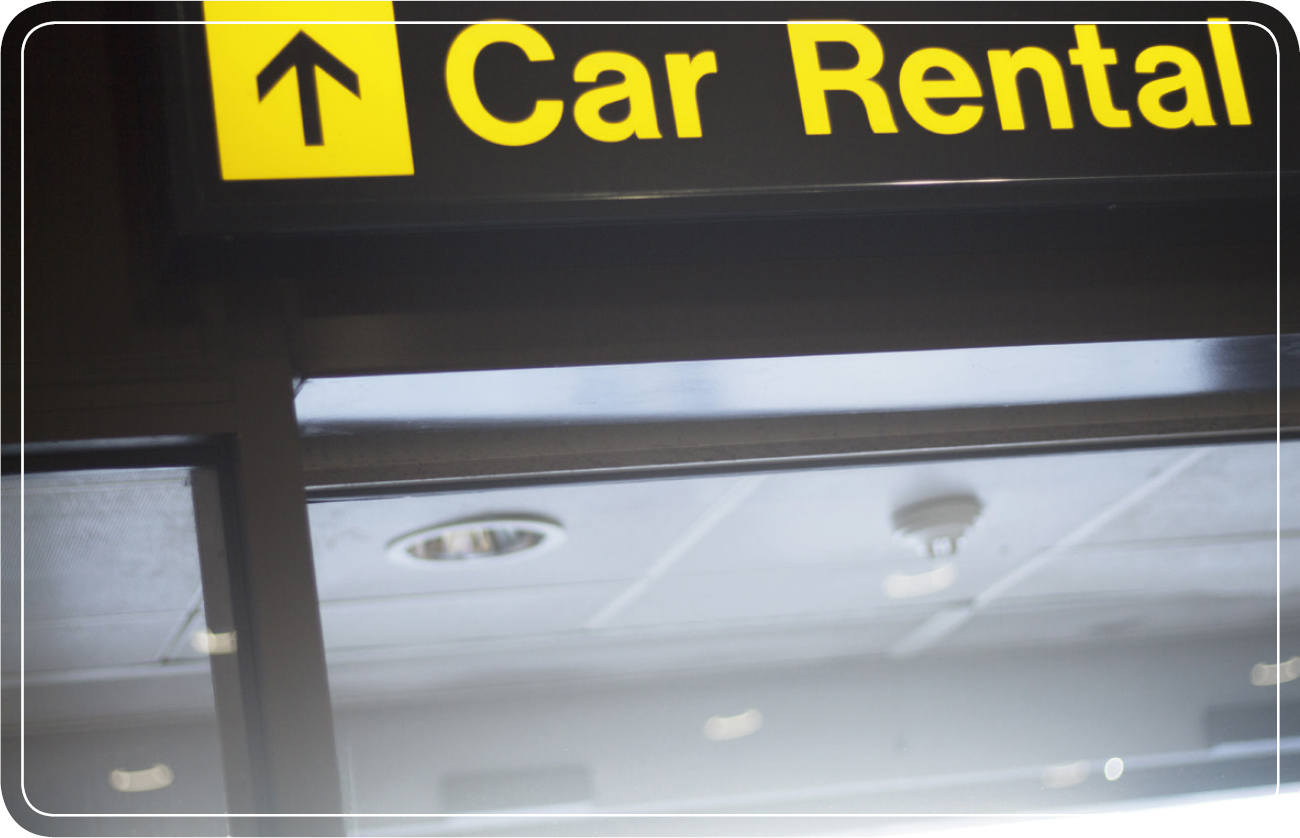
Photo Credit: GettyImages
• Many people choose to reserve their rental cars at the same time they make their airline reservations. If you plan to reserve a car in the country you are traveling to, make sure you are fully prepared to drive in the environment you are visiting.
• You must call or contact the embassy to see what the driving restrictions are and if you need an international driving permit for the country you are visiting.
• If you do need an international driving permit, you can get one by going to the AAA website at http://www.aaa.com.
• Know the name of the car rental company, the license plate number, year, make, model, and VIN number of your rental vehicle. Keep this information in your wallet. If your vehicle is stolen, you will have the pertinent information needed by the local police to try and recover your vehicle.
HOTEL SELECTION

Photo Credit: GettyImages
You can take several precautionary measures to lower the possibility of becoming a target in a hotel, starting with hotel selection. Try to find lodgings in a low-crime area. Hotels that feature security cameras in the lobby, halls, and on the outside are positive choices. Try to find modern hotels that offer electronic key card entry to rooms and to side doors. Hotels should have a central lobby where all who are not guests must pass in order to enter the facility. You should seek to stay in hotels that have security guards and hotel staff on duty round-the-clock because they provide a high level of security. You may never find a hotel overseas with all of these characteristics, but they are good markers to look for when inquiring about a place to stay.
Additionally, hotels that have solid doors on the rooms are ideal because they are likely to provide a deterrent against an intruder and make a more efficient barricade in the event of a terrorist attack.
ROOM SELECTION
Try to choose a room on the third, fourth, or fifth floor of the hotel. Anything lower than the third floor and the rooms are too easily accessible to thieves and criminals. Anything higher than the fifth floor and emergency service personnel might have a difficult time gaining the access they require. If crime in the area is a concern, avoid rooms with balconies. Locks on balcony doors are normally much easier to circumvent and criminals often use balconies to get from room to room. Look for rooms midway between emergency exits if possible; rooms directly next to emergency exits are oftentimes targeted for theft. You should not choose a room too far away from an emergency exit in the event that evacuation from the building is necessary. Ask for a room that does not have an interior that opens to an adjacent room. Finally, look for hotels with rooms that open to the hotel interior. Exterior room entrances may provide less protection and less observation by hotel staff.
Hotel key: Keep your room key with you at all times. If the key has a room number on it, don’t display it for everyone to see. Never leave your room key lying on a bar or table.
HOTEL SECURITY
Criminal activity in and around hotels is also a threat that travelers will face both in the United States and abroad. Thieves, and others who wish to do harm, will use various tactics to gain access to hotel rooms. These tactics include, but are not limited to, following individuals and their family members and then forcing their way into hotel rooms to gain access to valuables. They may also create the appearance of hotel staff to gain access to rooms or slip into the rooms when the legitimate hotel staff is servicing those rooms.
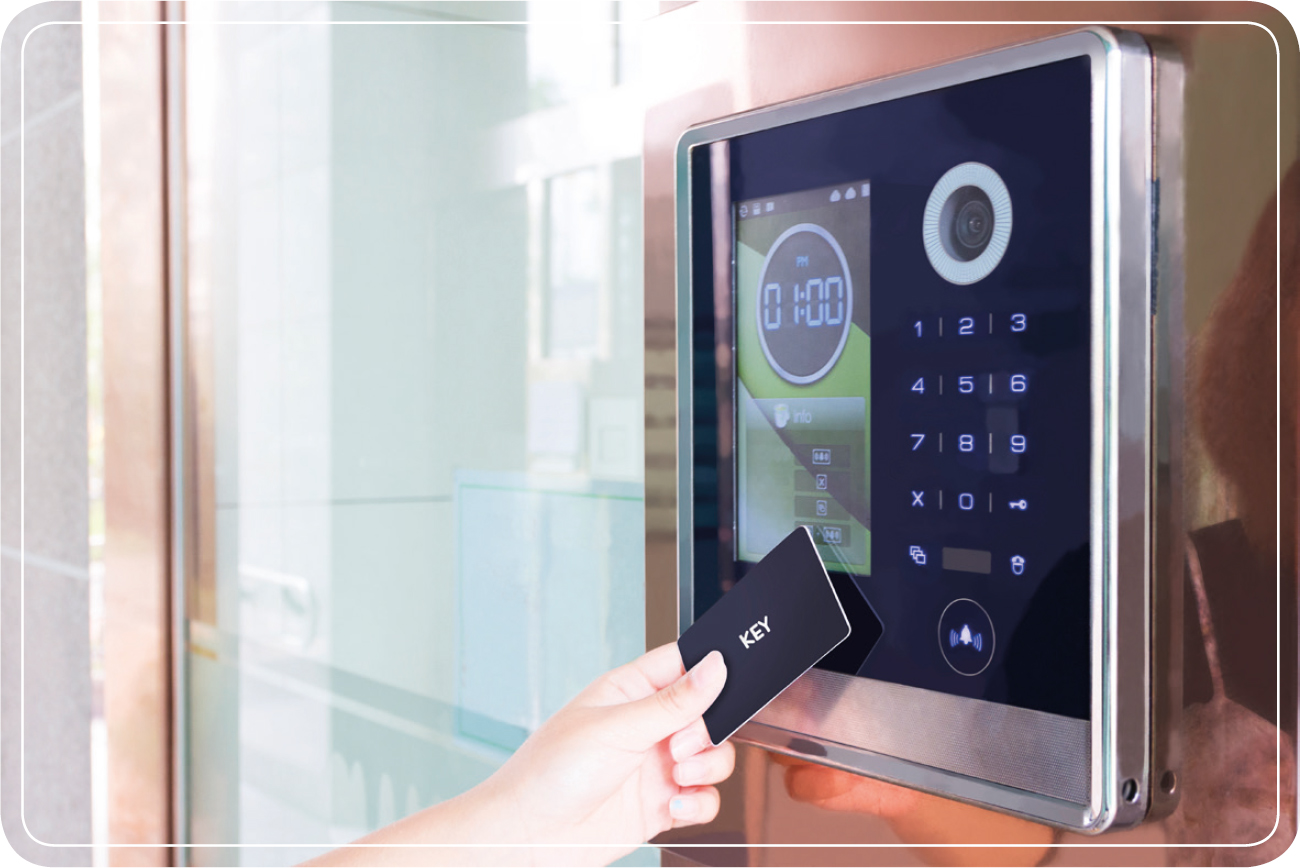
Photo Credit: GettyImages
DON’T BE PREDICTABLE
Avoid setting predictable patterns when staying in hotels located in high crime locations. You can achieve this by changing room numbers when arriving to the hotel just in case someone has checked the room number from the reservation. If you feel you may be at a greater risk of targeting, change hotel rooms every few days to deter would-be thieves or criminals. Once inside the hotel room, be sure to conduct a thorough room inspection. Check the telephone to make sure it works and test all the doors and windows to ensure working locks. Look for a security peephole in the door and identify nearby emergency exits. You must attempt to make yourself more difficult to recognize by blending in with people and surroundings in and around the hotel. Always have emergency numbers at hand, such as those for the front desk, the local authorities, and the American Consulate. Make a plan detailing what each member of your party must do in the event of an emergency and make sure it includes good rallying points or places to go, both inside and outside of the hotel. If traveling with others, make sure everyone understands where to meet in the event of an emergency. Do not be predictable or set up patterns. If your room is on the third floor, occasionally take the elevator to the fifth or sixth floor and walk down a few flights of stairs to avoid being followed by others. Do not open the door to unexpected strangers; call the front desk and confirm names of hotel staff if you are unsure of the identity of a visitor. Maintain positive control of room keys. When leaving the hotel room, make it appear as though someone is still in room by leaving the television and/or lights on, and keeping the “Do Not Disturb” sign on the door. If the room needs cleaning, make sure not to leave any valuables or paperwork lying around. Always lock valuables in the hotel safe.
CRIME AWARENESS AND PREVENTION WHEN TRAVELING ABROAD
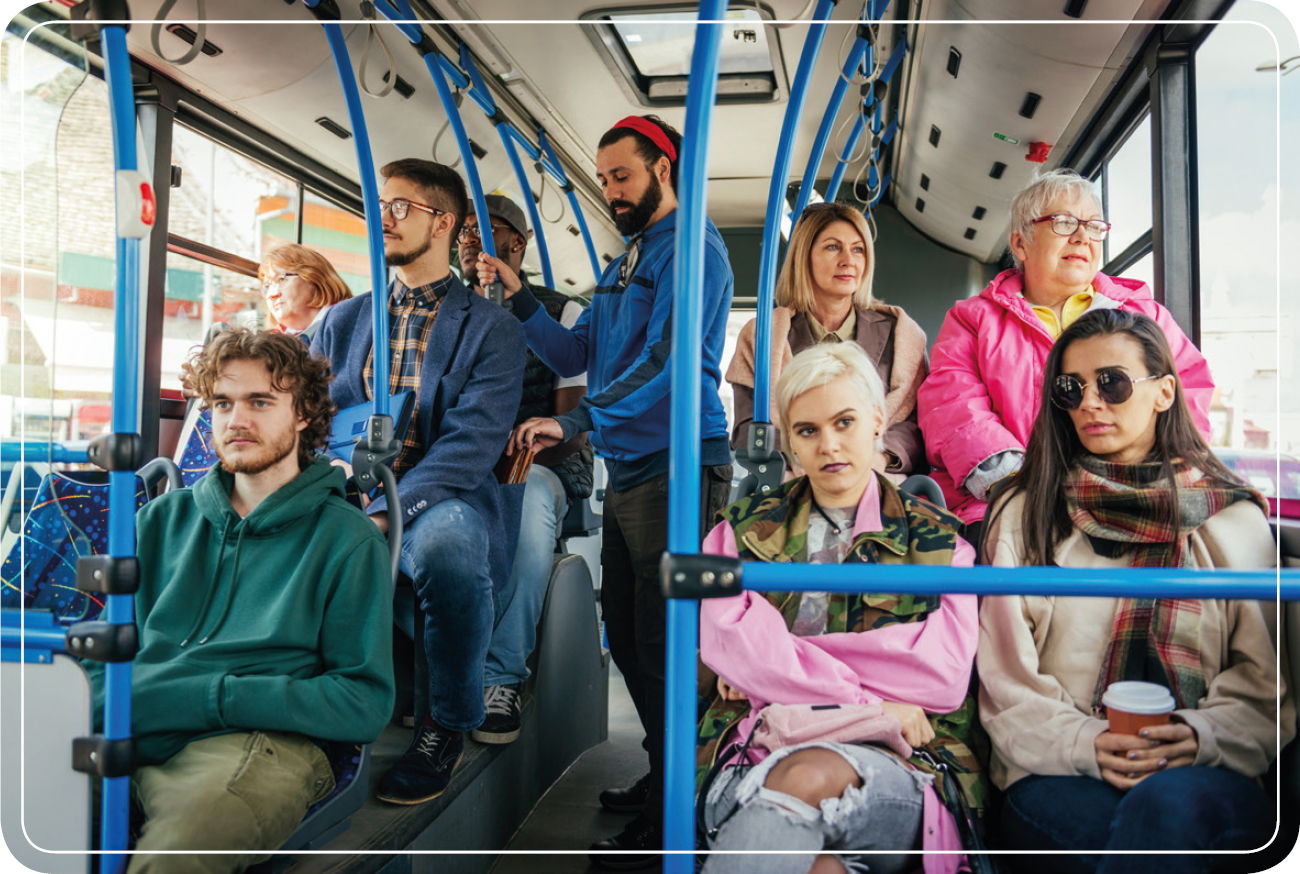
When traveling, always be aware of your surroundings. Photo Credit: GettyImages
Situational awareness is a key factor in not making yourself a target. Understand your environment and then act accordingly. For example, if you are traveling to a high crime area, where pickpocketing is the preferred method of theft, then you should take steps to avoid the risk of being pickpocketed. Avoid crowds, if possible, keeping your wallet in a front pocket and possibly even attaching your wallet to a pants pocket or belt with a lanyard, thereby lowering the risk of being pickpocketed. Avoid digging through a purse or wallet and counting money in public. Consider taking out small bills and putting them in a front pocket if you need to purchase souvenirs or other simple items. Further, it is important to keep your wallet in a safe and secure location on your body. Some people even choose to construct a “mugger’s wallet” by taking an old wallet and putting a couple of small bills and even a couple of expired credit cards in it and placing this as a decoy in their back pocket. That way, if you are mugged or pickpocketed, the criminals will not get away with anything of value. If you wear a purse, make sure the strap is long enough to wear diagonally across your chest. Many people choose to wear a backpack when traveling or sightseeing. If you wear a backpack, never leave valuables where they are easily accessible from the rear. When walking through areas highly congested with people, consider wearing a backpack in front of the body if feasible, particularly if you are in a high crime area.
AREAS TO AVOID AT NIGHT
When it comes to crime, time is a key factor. What I mean by this is that while crime may be a 24/7 occurrence, crimes do follow somewhat of a pattern statistically. For instance, while most business break-ins and personal assaults happen late at night when there are the fewest people awake and able to witness the crime, residential break-ins mainly occur during the day when people are normally away from their homes. The point is that understanding the criminal activity “biorhythm” will give you a much better understanding of what areas to avoid and when to avoid them.
CRIME PREVENTION TIPS FOR TRAVELERS
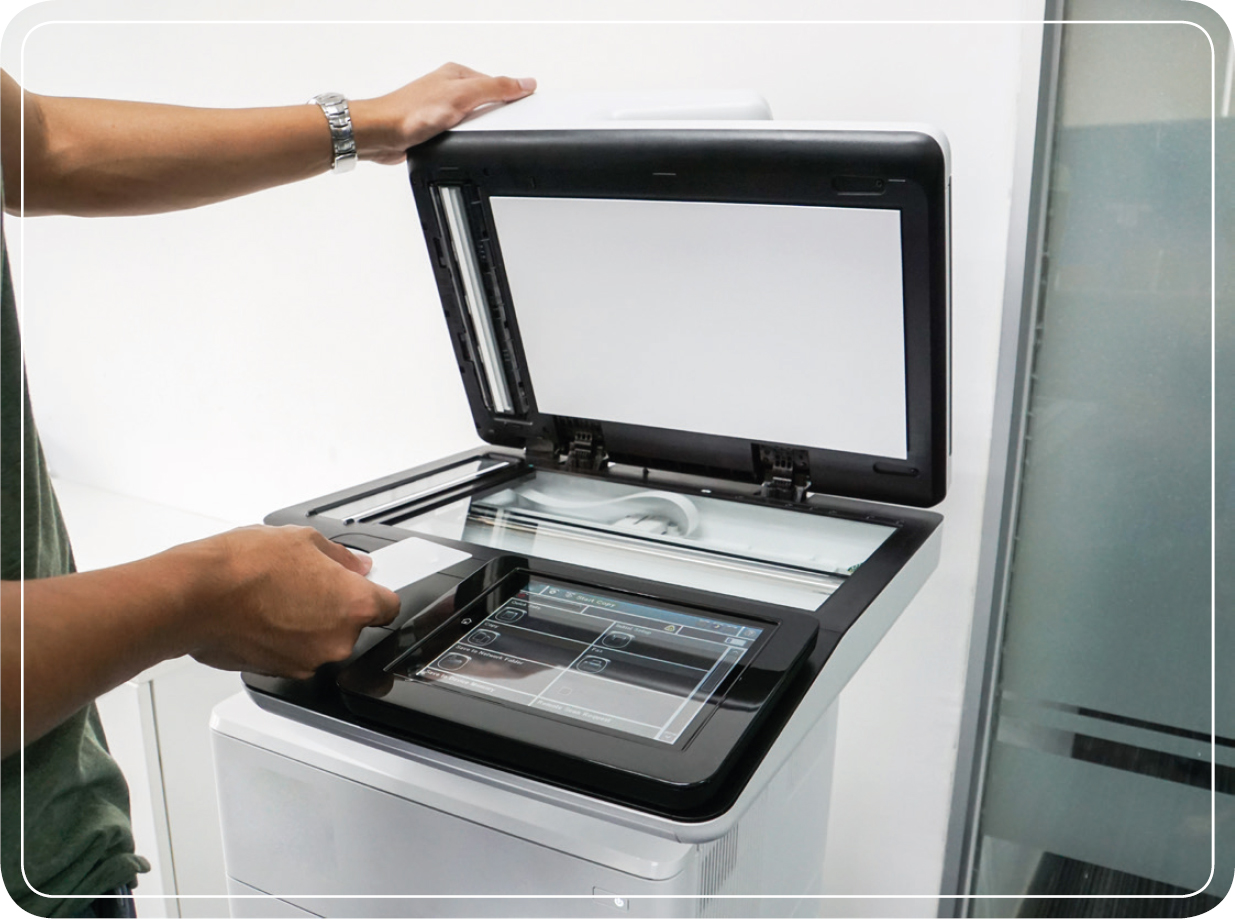
Always make copies of your important documents. Photo Credit: GettyImages
It is never anyone’s intention to have their business trip or vacation interrupted by a theft but these things do happen, so there are some things that you can do to minimize your risk and to make the situation as manageable as possible:
• Always have a legible photocopy of your passport, airline tickets, credit cards, and anything else that you think would be difficult to replace if it was ever stolen. Keep this in a separate location away from your wallet.
• Keep a list of your credit card companies’ phone numbers (away from your wallet) so you can call them immediately if your cards get stolen.
TIPS TO PREVENT THEFT
• Keep your large sums of money as well as credit cards in your front trouser pocket or in a zipped compartment or pocket.
• If you have to carry a wallet in an unbuttoned pocket, only carry in it what you can afford to lose.
• Attach your keys to a loop on your clothing.
• Don’t pat your pocket to see if your wallet is still there while in public; this only lets criminals know the exact location of your wallet if they are watching you.
• Women should choose a purse that is hard to open, such as one with a zipper.
• Purses should have a long enough strap to be worn horizontally across back.
HOW TO PREVENT THEFT FROM YOUR VEHICLE
The most common type of theft is the theft of valuables from an automobile. This is generally a crime of opportunity and it most often happens when valuables are left in plain sight.
• Keep valuables like cell phones, radar detectors, wallets, and briefcases out of sight.
• When shopping, if you plan to leave your vehicle, place your purchased items in the trunk.
• CD’s are another item that can trigger a theft; keep them out of view, such as in a compartment or center console.
• Keep your car doors locked and your windows up at all times when you are away from your vehicle.
HOW TO AVOID AND DETECT TERRORIST AND CRIMINAL SURVEILLANCE

Photo Credit: GettyImages
Terrorists and criminals conduct surveillance to obtain information about either a stationary target or an individual so that they may create a more specific plan to execute their attack. If they are criminals, this helps them to determine the most opportune time to perform their theft or other crime. Normally, when surveillance is conducted against an individual, it is to ascertain what security measures are in place in and around their home, what vehicles they drive, when people come and go, and the level of the target’s situational awareness (i.e., are you a hard or soft target?).
WHO IS THE TARGET OF SURVEILLANCE?
Terrorists and criminals conduct surveillance against stationary targets like facilities and other infrastructure to determine guard patterns, first responder reaction times, facility security measures, and shift rotations. Detecting terrorist or criminal surveillance is the key to lowering the likelihood of an attack or a crime being committed. If you notice someone conducting surveillance on a specific facility, building, or any piece of infrastructure, you should contact local authorities immediately.
HOW SURVEILLANCE IS CONDUCTED
When people conduct surveillance, they generally attempt to blend into their environment. Watch for the telltale signs of nefarious surveillance activities, such as unknown personnel in a stationary position like a car parked for an extended amount of time. Also, try to notice suspicious activities like people taking multiple pictures or videos of buildings or structures, taking notes, or drawing sketches. You should look for people paying an inordinate amount of time and attention to things that would not usually demand much attention. Criminals/terrorists may also try to blend into their environment by doing something ordinary like reading a newspaper or looking at a cell phone. Terrorists and criminals may also use members of the opposite sex to gain information. Be aware of people asking prying questions. Beware of electronic surveillance, as well. If you suspect that electronic surveillance devices, or “bugs,” are present, do not speak freely until you dispose of the listening device or leave the area.
WHAT TO DO IF YOU SUSPECT YOU ARE UNDER CRIMINAL OR TERRORIST SURVEILLANCE
If the situation is static, meaning you are in a stationary location, and you suspect that you have been “marked” or selected by a criminal or terrorist as either a preplanned target or simply a target of opportunity, the best thing you can do is to use your cell phone to immediately alert the authorities and to make your way to either the local police or to the American embassy or one of our allies. In more kinetic settings, where you suspect you are being followed either in a vehicle, or on foot, then you can assume there is more than one person involved, since this type of surveillance is normally conducted by teams. That said, your first reaction of alerting the authorities is the same. Don’t assume that just because no one is visibly behind you that you are not being followed. In some cases you may have been under observation for some time while those watching you learned your normal pattern of life. Once those conducting surveillance learn your routes, they will use that knowledge to their advantage. They may not even be following behind their intended subject, but by anticipating the route, they may have cars or people all along the subject’s intended route. You should also not count out the possibility of the use of ROV’s (Remotely Operated Vehicles, such as drones), aircraft, and even satellite technology, depending on the sophistication of those on your tail.
HOW TO LOSE A TAIL
First, you must determine if there is an individual or team following along your route. You can do this by varying your pace and noting if the potential follower varies his/her pace, turning in the opposite direction to see if they still follow, or stopping to tie your shoe in front of a store window to see the reaction of any person that may be following.

If you think you are being followed, try to move towards a populated area. Photo Credit: GettyImages
If driving a car, you can make several turns off the intended route to see if the “tail” follows. If on foot and you determine that there is another person following, continue to walk, and as always, if possible, call the police and alert them to the situation.
Once you are sure another person is following, make a mental note of what the follower looks like. Try to speed up and duck out of sight. Once you are out of sight, do everything possible to change your own appearance. If wearing a jacket, take it off. The same applies to hats and or sunglasses or even eyeglasses. Do whatever is possible to look different from what the follower is expecting. Once changed in appearance, you should continue moving quickly. Go into a crowded area like a shopping market and then immediately go out through another exit. Go upstairs and through hallways, doubling back occasionally. Try to confuse those attempting to follow. As an absolute final option, you should hide somewhere that decreases the likelihood of discovery and wait awhile before going back out again. Other things you can do to lose a tail are:
• Buy a movie ticket to a show that already started. Go into the theater and out the emergency exit before your pursuer has a chance to follow you.
• Go into a restaurant or storefront and out through the back exit.
• Use reflective surfaces to see behind you, like the reflection in a store window.
• Use public transportation like getting on a train or bus just before the doors close. Be cautious with this technique, because if your follower makes it onto the mass transit platform you are stuck with him until the vehicle stops again.
• Always head toward crowds and try to avoid moving in the direction of seclusion. There is safety in numbers and the more people you blend yourself into, the harder it will be for someone to follow you.
• Remember, never head for home or to a place that your follower may already know about. Assume that your pursuer has this information. Go straight to the police, the US Consulate, or the US Embassy.
EVASIVE DRIVING TECHNIQUES
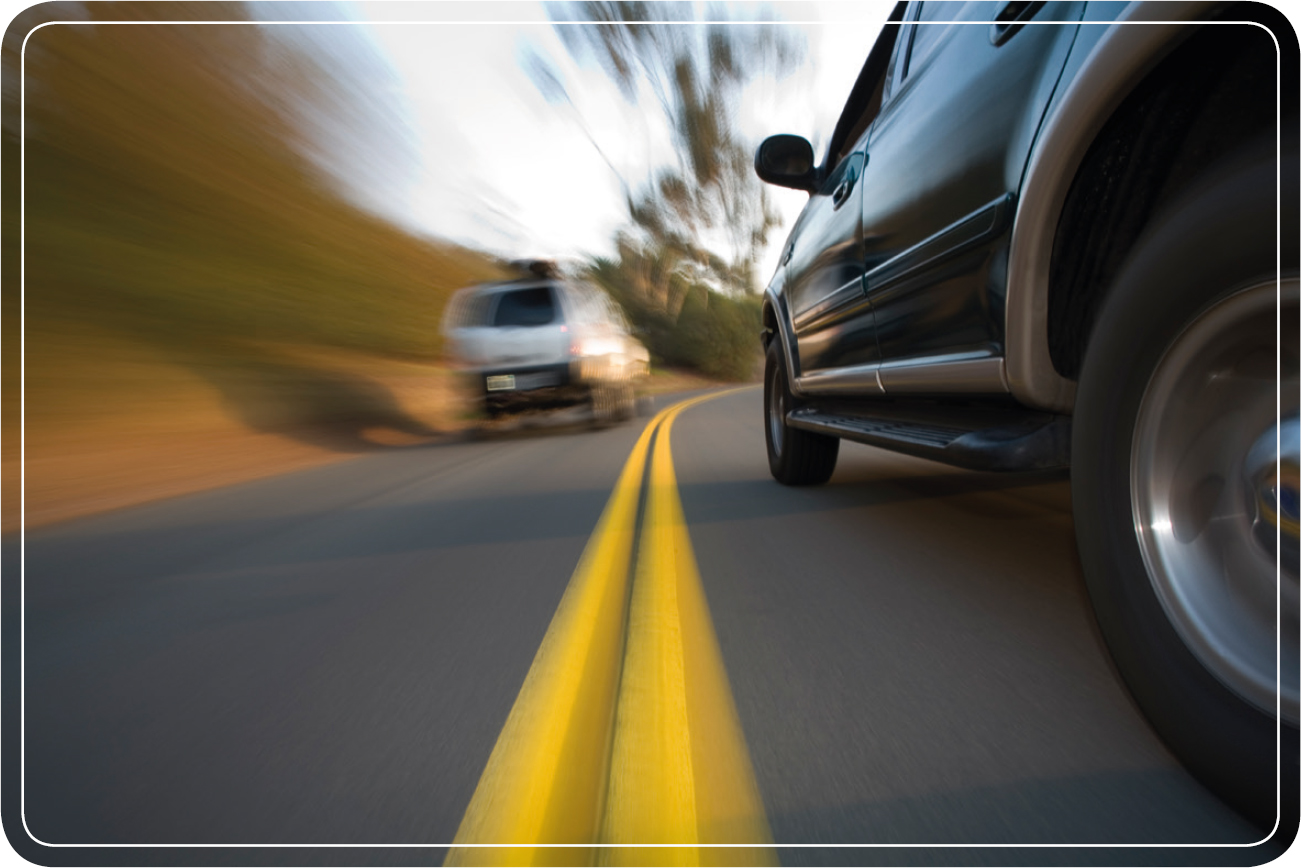
Photo Credit: GettyImages
Imagine you are in downtown Chicago on a business trip during a time when a particularly volatile and highly contested murder trial involving a Chicago Police Officer and a deceased alleged gang member is taking place. The verdict is finally read in favor of the police officer, and what was at first peaceful protest quickly erupts into rioting, pandemonium, and all-out chaos. Cars are set on fire; store fronts are smashed open with bricks and then looted and set ablaze; and anyone who even resembles a law-abiding citizen is in grave danger. At the same moment hundreds of similar protests that had been building in size and intensity in cities all across the nation burst out into violence as well. It may appear as if all of this happened spontaneously, and without any premeditated planning or preparation, but in reality the entire thing was well planned out as an orchestrated act of civil disobedience and violence masterminded by a group of people who are dedicated to destroying our nation from within. They are backed logistically and financially by foreign entities that have similar motives. What are you going to do? You know you need to distance yourself from this reckless display of indiscriminate rage, but it seems hopeless as hostile mobs armed with baseball bats, rocks, and Molotov cocktails are met by huge plumes of tear gas and the intense stings of rubber bullets employed by the outnumbered contingent of law enforcement personnel. You finally make it to your vehicle and actually find your way down the spiral parking garage and into a side street. The problem is that there are people everywhere and none of them seem to be friendly. On top of that, in order for you to make it out of the city or at least to a part of the city still under control of the police, you will have to drive directly through areas that seem to be experiencing some of the worst rioting and chaos.
So … does this scenario seem too far-fetched to happen here in the United States? Did you know that not only is this type of scenario not improbable, but very similar occurrences have taken place right here in the United States. From the LA riots in the wake of the Rodney King verdict in 1992 to the riots and violence that took place across the nation after the Michael Brown shooting in Ferguson, Missouri in 2014; these things have happened many times in the past and you can be assured that they will happen again in the future. We live in a time where the country is divided and polarized along sociopolitical lines and more often than not you can expect people to turn to violence when they no longer feel that words are powerful enough to bring attention to whatever it is that they deem important. The question is, when this violence breaks out and if you find yourself caught in the middle of it, do you think you have the knowledge and skills to navigate through such chaos and violence in order to get yourself or your family to safety? Well, maybe you do, but it can’t hurt to either learn new skills or to reinforce what you already know, and that is what this book is all about!
Note: Learning how to master evasive tactical driving skills cannot be done through reading alone. The best way to acquire these skills is to attend a professional evasive driving course where you can be trained by experienced instructors who are able to offer the proper terrain, obstacles, vehicles, and one-on-one training needed for you to become proficient at employing evasive driving techniques properly.
Note: A vehicle is a dangerous machine that has killed millions of people indiscriminately. According to the National Highway Transportation Safety Administration, there were over 40,000 vehicle-related deaths in the US alone in 2017. That’s almost three times more people than those killed by guns in the US the same year! While it is important to understand that a vehicle can be used as a viable tool and even as a weapon to get you and your loved ones out of a really bad situation, it is important that you always remain cognizant of the lethal capabilities of a vehicle. Treat it with the same respect as you would a firearm.
Note: While this chapter is mainly about evasive driving and not marksmanship, I can’t stress enough how important it is to your safety and the safety of your loved ones for you to not only own a firearm, but for you to become educated in using it. You should get to a point where using a firearm becomes second nature for you; as if your weapon is simply an extension of your body. Contrary to what many sharpshooting schools may claim, the only true way to become an expert with your firearm is to first learn proper form from an expert. Since not many people have had the privilege of serving with military special operations forces or with a police S.W.A.T unit, my suggestion would be for you to attend a civilian shooting school that is recognized for its professionalism and for the quality of instruction. A good place to start for the basics is the National Rifle Association (NRA). The time to start training to use your weapon in a crisis is not when it is happening, but right now, before your life depends on your ability to employ it proficiently.
#1: HOW TO DRIVE THROUGH A RIOT WITHOUT BEING KILLED
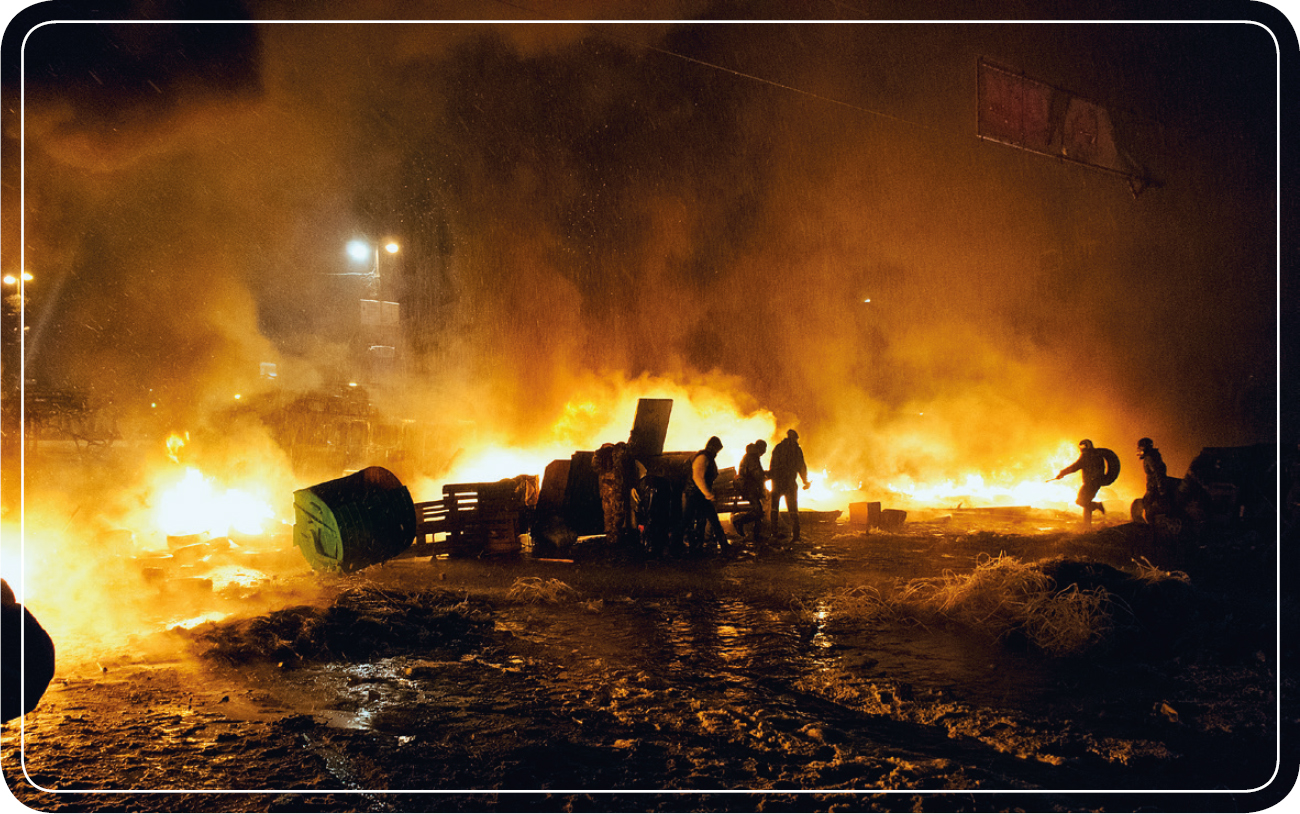
Photo Credit: GettyImages
Before getting into the “how to,” it is important to first understand what a “mob mentality” is. When people enter into what psychologists often call “group think,” they no longer feel a sense of personal accountability for their actions. Now don’t get me wrong: Entering into such behavior is a conscious decision and these people are liable for their actions, but when they get caught up in the group situation they lose sight of moral, ethical, and legal constraints. Taking the mob psychological factors into consideration, the most important thing to remember about driving through an angry mob of people is to never stop moving. That may seem easy enough, but the fact is that most human beings have had it hard wired into their brains since they first started driving that when you see people in front of you, you stop. The trick is to go slow but steady so that the crowd never sees any hesitation in your driving. It’s basically a really slow game of chicken. If they even suspect that you may panic and stop if one of them were to run in front of your car, then someone will almost certainly call your bluff. Your hope is that once the crowd realizes that your vehicle is going to continue to move and slowly accelerate, then they will not chance trying to impede your movement and you will eventually be able to break out of the crowd. On the flip side, what you want to avoid is running over and either injuring or killing someone in the crowd, as it could actually backfire on you and cause someone to possibly jump onto your vehicle, smash your windows, or maybe even shoot you or drag you out of your vehicle and beat you to death. That is why I always say that you should avoid mobs at all cost when the opportunity presents itself, but sometimes you just don’t have a choice and that is why I covered it here.
#2: KNOW HOW TO LOSE A TAIL IF YOU SUSPECT YOU ARE BEING FOLLOWED
If in a car and there is reason to believe you are being followed, your option is to turn on the vehicle’s turn signal and then at the last second go straight and see if the other vehicle follows. Trying to outrun another vehicle is unsafe and will most likely only place innocent people in danger. Instead, drive sporadically; make left turns when signaling right turns, and go straight when indicating a turn. Slow down at a busy intersection just as the light changes. As soon as the light goes from yellow to red speed up and get through before the other cars have a chance to go. This technique will often leave your pursuers stranded at the light. Eventually, you will lose those who are following. If not, drive directly to the authorities or park the vehicle and then evade on foot and try to lose them. Again, if you think you are the target of surveillance by terrorists or criminals, promptly report these activities to the local police. Do not drive home or to a secluded area. If you suspect that the intent of the person or people following you is to do you harm, then you want to do everything you can to remain in highly populated areas. If the situation escalates, you should consider ditching your vehicle and evading your pursuer by cloaking your movement with a crowd and hiding any part of your appearance that stands out as you make your way to a police officer, police station, or anyone of authority who can offer you protection.
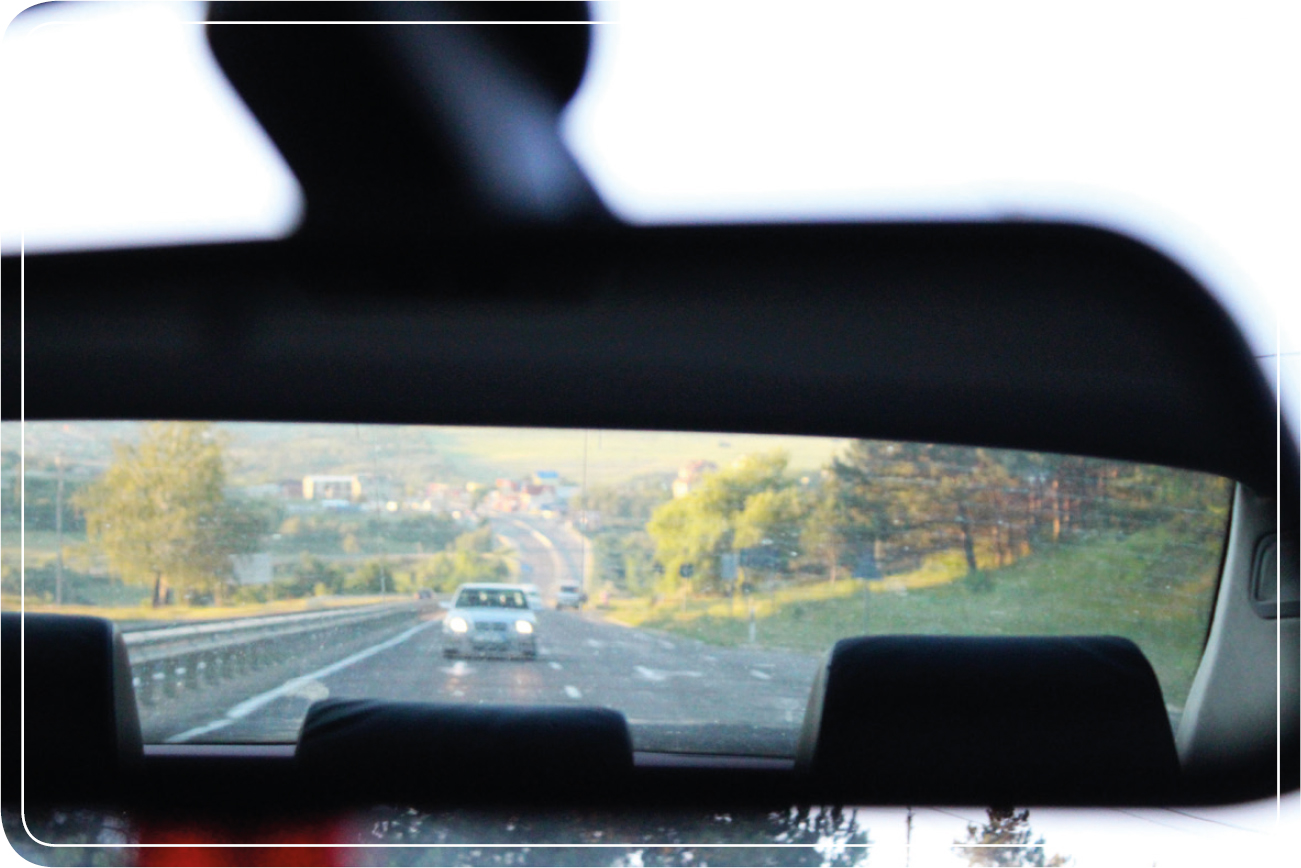
Photo Credit: GettyImages
#3: KNOW HOW TO BREAK THROUGH VEHICLE BARRICADES AND ROAD BLOCKS
You should always assume that a barricade—be it one or more vehicles or some other object that is being used to obstruct vehicle movement through a particular route—is being observed by a person or a group of people who either do not want you to continue forward or who want to exploit or harm you in some way. Because of this, I would advise that you make it a point to do all that you can to either back up or turn around and find another access point to get to where you are going.
Understanding that there may be a time where turning around and avoiding a roadblock or barricade may not be an option, it is still important to understand the fundamentals of breaching these obstacles. Vehicular road blocks are somewhat more predictable and therefore easier than other road obstructions since they can often be breached if you ram them at the correct point. The object is to strike the vehicle at one of its two hard points at the axles, and strike it with one of your hard points along the frame, so basically you are hitting your headlights into the tire of the vehicle you want to move. The rear end of the blocking vehicle is your best choice, as it tends to be lighter than the front end where the engine is usually located. Your second choice would be the front end of the blocking vehicle. The bottom line is that the closer you ram into either end of a blocking vehicle, the better, understanding that the key is to avoid hitting the center of the blocking vehicle, since the closer you strike to the center of the vehicle the more weight you are pushing, until eventually you will just have a T-bone collision instead of a ram.
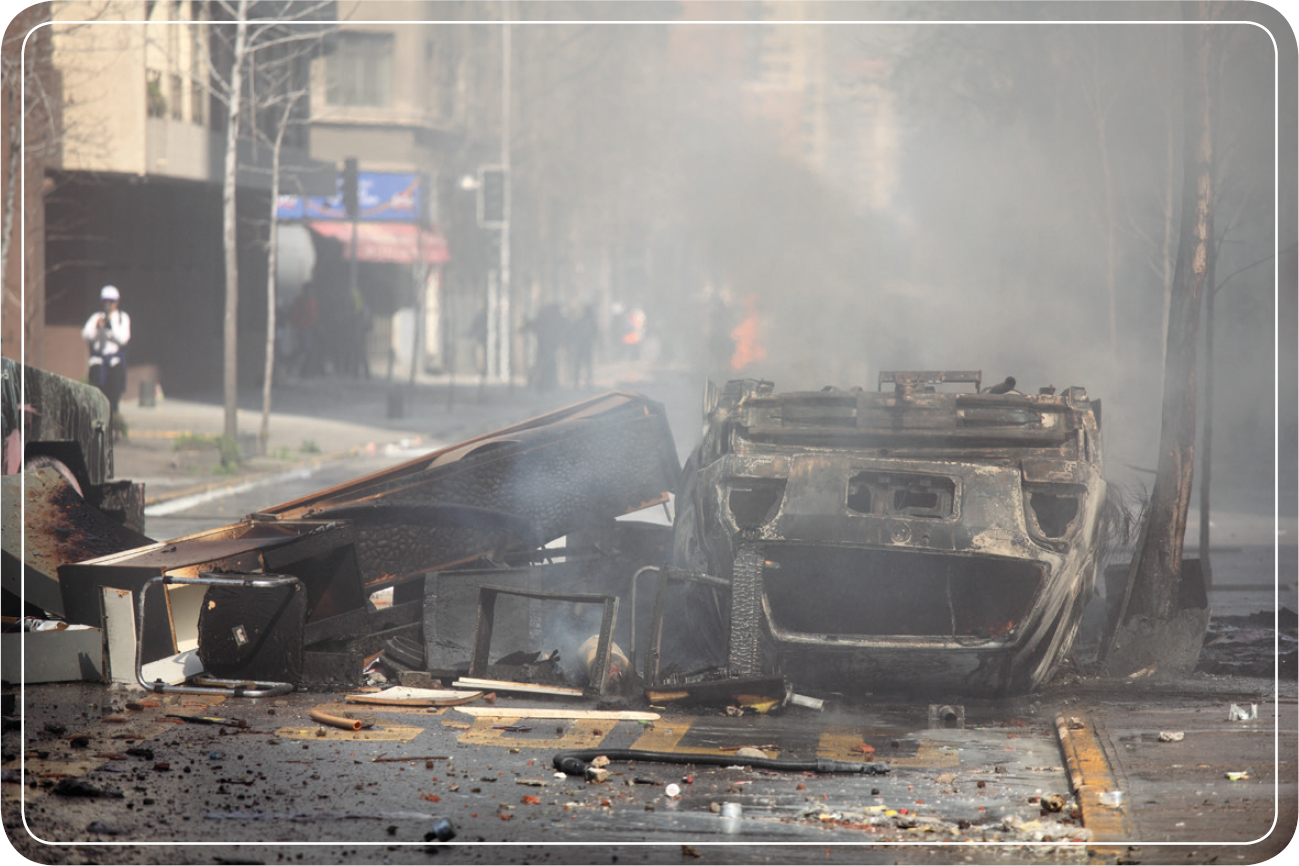
Photo Credit: GettyImages
Things to remember when ramming:
• Never strike at more than 30 mph
• Never start more than three car lengths back
• Be careful when striking a vehicle that is significantly lower than your wheel and fender height
• If your vehicle gets fender locked, continue to accelerate away and jiggle the steering wheel back and forth to break loose
Your ability to breach most roadblocks or barricades will be directly proportionate to who it is that is trying to stop you. If law enforcement or any other highly trained and equipped organization is trying to stop your movement, they will most likely succeed in doing so. The level of technology employed in both the lethal and non-lethal realm of specialized devices and systems aimed at disabling a target vehicle is incredibly advanced. Nets, spikes, foams, and even technology to shut off your engine are all available to those who can afford them. I suggest you pick your battles wisely.
#4: KNOW HOW TO CONDUCT A TACTICAL TURN AROUND
THREE-POINT TURN
Most obstacles and threats can be avoided by executing a basic three-point turn and either distancing yourself from a potential threat or finding another way to get to where you need to be. How you choose to turn around is a matter of choice and often depends on the circumstances and conditions, but out of all the methods for turning your vehicle around, the three-point turn is the safest and easiest to learn. It’s the method of choice when you’re in an area that isn’t wide enough for you to simply do a U-turn to loop around to the opposite direction. To execute a three-point turn, you simply turn toward the left and move forward until you get up onto the edge of the opposite lane. Next turn the wheel all the way to the right and back up until you reach the edge of the side of the road that you started on. Finally, turn all the way back to the left and drive forward until you are facing in the opposite direction from which you started. Then you can quickly accelerate away from the obstacle, or suspected threat.
180-DEGREE TURNS
Note: The forward 180 (aka “Bootlegger”) and reverse 180 turn (aka “J-Turn”) are techniques used to quickly turn your vehicle in the opposite direction when faced with a threat to the front when there is not enough space to your left and right to allow you to turn around in a more traditional fashion. In the past these techniques were only taught to those in executive protection, security contracting, and those who work within specialized military units or government agencies. These days you will find many schools throughout the United States that offer training in these and other tactical driving maneuvers to anyone interested in learning how to perform them. On that note, do not try these moves at home! Both of these maneuvers can be quite rough on a vehicle and can be dangerous or even deadly if they are executed incorrectly. To mitigate risk while attempting to master these skills, you should seek out training by a tactical driving instructor and learn these techniques under controlled conditions.
The concept of the forward 180-turn technique seems simple enough. When you see the threat, lock your parking brake (this engages the rear breaking system of the vehicle) and your rear wheels will start sliding at that speed. Once the rear wheels start to slide, turn the steering wheel about a quarter turn toward the area with the least obstructions. This should cause your vehicle to rotate about 180 degrees, leaving you facing the opposite direction and ready to release the parking brake and speed away from the attack site.
Note: There are several variables that must all be working in your favor to successfully pull off one of these high-speed tactical reversal techniques. To perform a bootlegger turn, you need to be traveling at 35 to 40 mph; have four to five car lengths of distance left between yourself and the threat once you reach that speed; be on a hard, dry surface that is free of obstacles or obstructions; and not happen to be driving in a vehicle equipped with skid prevention systems (a challenge all in itself in 2019).
THE REVERSE 180 “J-TURN”
The idea behind the reverse 180 “J-Turn” is that it can be used when you don’t have enough speed built up or distance between yourself and the threat to do a forward 180 turn and when you have a clear unobstructed path to your rear. A properly executed J-Turn would require you to come to a complete stop, put the vehicle in reverse, and then floor the gas pedal while keeping the vehicle in as straight a line as possible while counting to four seconds, which theoretically should put the vehicle at about 20 to 25 mph, giving you the needed momentum to complete the maneuver. Once you hit the four count, take your foot off the accelerator and turn the wheel as quickly as possible toward the open road or unobstructed area, locking the steering wheel at its limit. The violent and quick spinning of the front wheels will cause the front tires to lose their grip on the surface, causing the front of the vehicle to slide around, pivoting on the rear tires. As the vehicle is moving around in its arch, you will begin to rotate your steering wheel in a counter steer back to its original start. You should now be facing 180 degrees away from the attack. Quickly put your car into drive and move away from the threat as quickly as possible.
Note: Two things to remember if you ever do need to attempt a J-Turn: Never use your brakes during the reverse 180-degree turn, and do not have your foot on the gas as you are shifting the car back into drive, as this could cause severe damage your transmission and reduce your chances of escaping the threat.
Note: The fact is that these techniques are inherently dangerous and require a large amount of resources and practice to perfect. The vast majority of drivers out there do not have any of the required training to successfully pull off these maneuvers, unless you count on spending more than a few nights binge watching Vin Diesel movies; and it is this fact that exponentially increases your chances of rolling the vehicle and killing yourself and/or an innocent bystander when you attempt the technique.
Note: My advice to you is that if you need to back up in a hurry, simply place the vehicle in reverse and move out quickly. You can easily move hundreds of feet from any threat that has confronted you and thereby afford yourself a vital time buffer to allow you to decide on your next move, or to quickly execute a three-point turn and get away from the threat in question.
#5: KNOW WHAT TO DO WHEN SOMEONE TRIES TO RUN YOU OFF THE ROAD
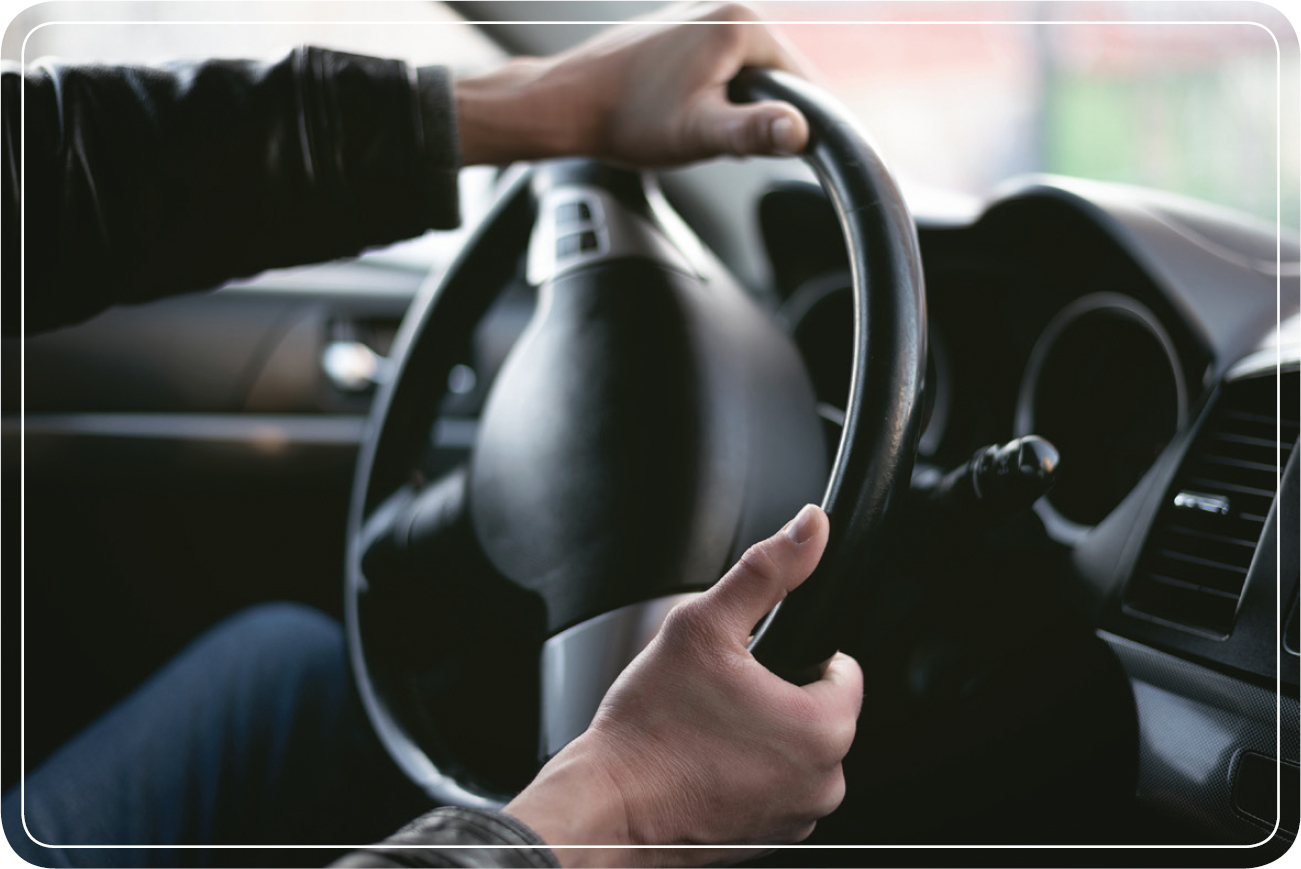
Photo Credit: GettyImages
There is a technique known as the Precision Immobilization Technique, or P.I.T., that is used to immobilize another vehicle from behind. While the technique is most commonly used by law-enforcement agencies in this country, as well as certain military special operations personnel and other government agencies; all of the information on how to execute these maneuvers is open source and out there for any criminal, thug, terrorist, or other low life to find and master. Knowing how to counter these tactics is a prudent move for anyone who takes learning to be an evasive driver seriously. Now I am not going to give a tutorial on how to properly execute a P.I.T maneuver because I think we can all agree that some knucklehead is going to read this article and then go out and try it on the first person to look at him oddly; but I will say that the idea is to ram a vehicle on the side and rear and simultaneously accelerate, thereby putting your adversary into a spin as they run off the road. There is no way to stop this technique when it is executed properly. The best thing you can do if someone tries to P.I.T you is to keep your vehicle speed at under 35 mph and don’t let the stress you are experiencing take control of the way you are driving; when cars fight, speed is never your friend. If you see someone coming up to align with one of your rear quarter panels, slow down or speed up a bit, as it will make it harder for your attacker to find the P.I.T “sweet spot” and should cause him to be stressed out and make a mistake. This will also buy you some time to get to a more populated area where an assailant would most likely break away from his attack to avoid detection.
Note: Speeds over 40 mph can be lethal, possibly causing the victim to lose control of the vehicle and flip.
WHAT TO DO IN THE EVENT OF CIVIL UNREST
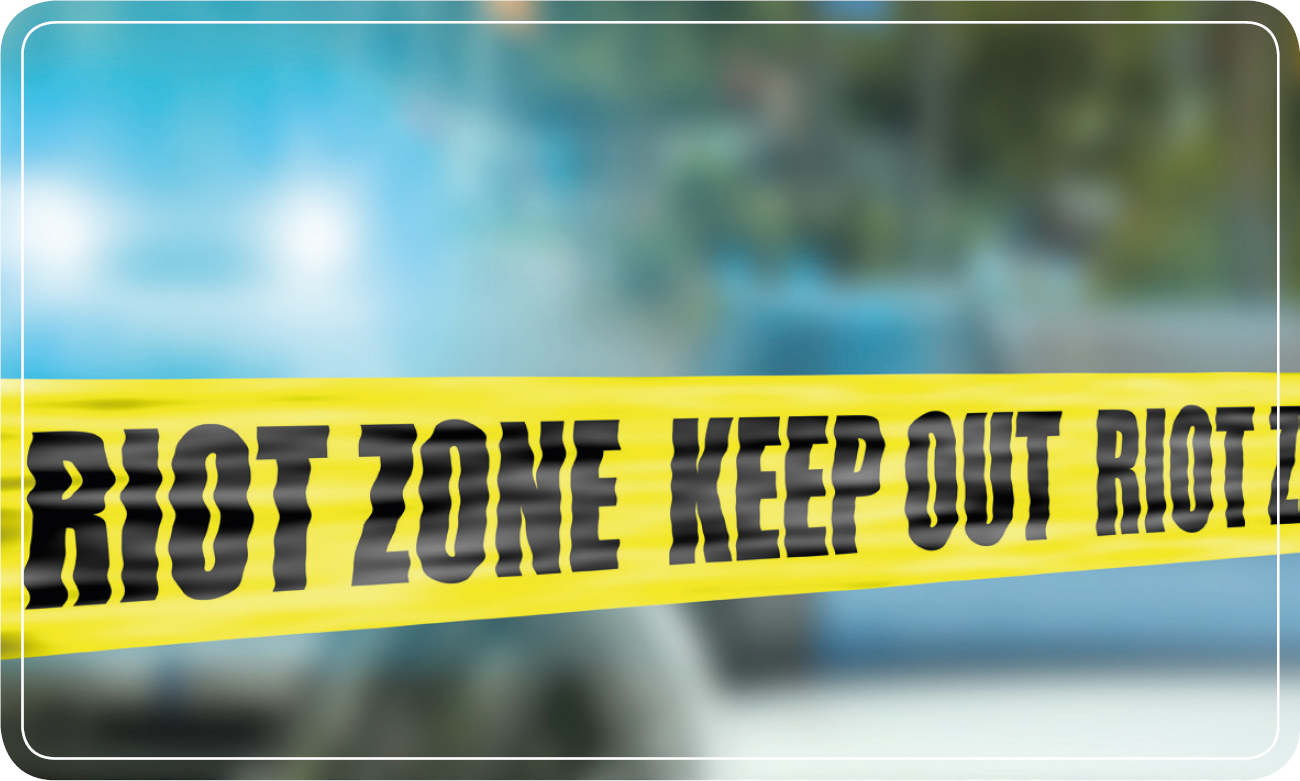
Photo Credit: GettyImages
The best time to plan for an emergency is ahead of time, not when the emergency is happening. Always have a plan for what to do in the event of civil unrest. Keep embassy or consulate numbers on you at all time and make sure that if you are traveling to a country where civil unrest is common, give a copy of your itinerary to the embassy so that they will know of your whereabouts.
HAVE A PLAN OF WHERE TO GO
Always have a plan where to go and a fallback location in the event of an emergency such as civil unrest or riots and demonstrations. The embassy should be your first choice, but the airport or even your hotel room may work as long as you can get word to the embassy as to where you are. This is extremely important in the event that the embassy is going to conduct Noncombatant Evacuation Operations (NEO).
If you are in your hotel room, stay away from windows and keep your curtain drawn. Remember to stay alert and read your environment. At the first sight of civil unrest, you should call the embassy and let them know you are safe and what your location is or pay someone to deliver a message to the embassy. Avoid large crowds of people and do not advertise that you are an American, particularly if the unrest is aimed at the West. Even “peaceful” protests can quickly become violent riots. Try to stay in a safe place and behind thick walls to avoid small-arms fire and rocket-propelled grenades. Stay away from windows and doors. Be prepared to move to your preplanned location (such as the embassy) as soon as the opportunity arises. Another thing you can do to prepare for civil unrest is to always know exactly where your papers needed to exit the country are located. Keep a small backpack ready at all times with some cash (local and US), a credit card, rations, and water.
As I mentioned earlier in the book, the more you understand the history and current political and social climate before you travel, the better chances you will have of diverting your travel plans until the situation improves. The Internet is a great resource and you can find out a lot about a place by simply reading the news or going to a travel advisory website such as the one run by the State Department. While civil unrest cannot always be predicted, some places are clearly more volatile than others, so maintain your situational awareness at all times. If there are strong indicators of civil unrest, consider postponing your trip. If you are traveling to a country because of the civil unrest (such as a reporter or a member of the news media), know what you are getting into and act with extreme caution; one of the most dangerous situations travelers can find themselves in is a riot or an angry crowd where mob rules are in effect and people act in the collective, with no feeling of individual responsibility or empathy. The more you research and understand the environment you are entering, the safer you will be.
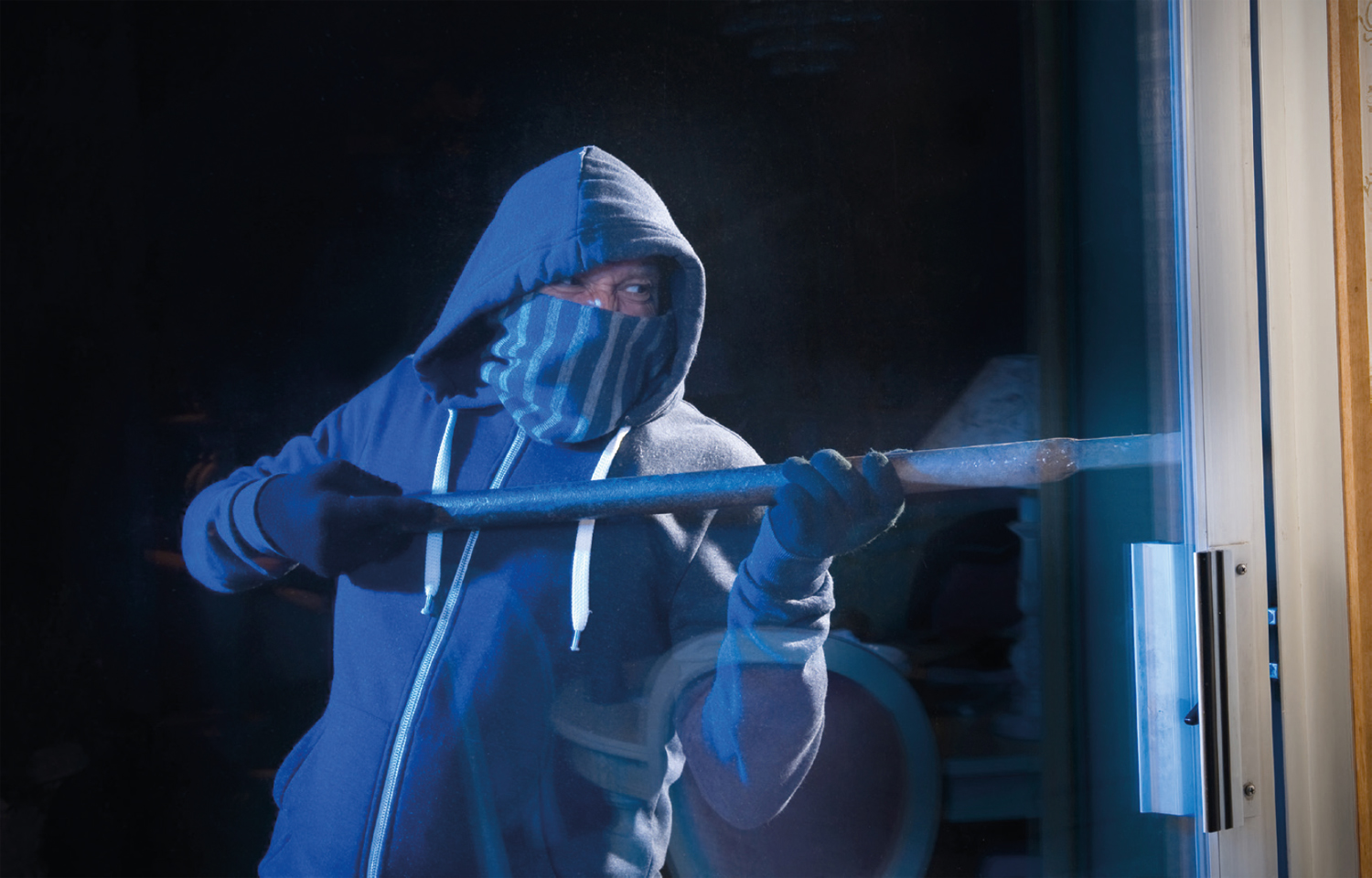
Professional criminals are predictable; but the world is full of amateurs. Photo credit: GettyImages